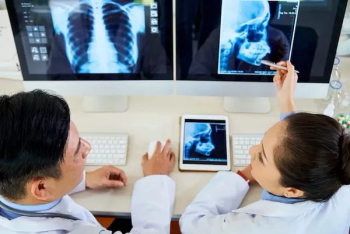
How Will the New FDA Guidance Affect AI Software in Radiology?: An Interview with Nina Kottler, MD, Part 1

In the first part of a two-part interview, Nina Kottler, M.D. offers insights and perspective on the recently issued guidance from the FDA on AI-enabled devices and how it may impact developers in the radiology field.
The recently issued draft guidance from the Food and Drug Administration (FDA) on submissions for AI-enabled software reflects more of an emphasis on the total product life cycle for AI products, according to Nina Kottler, M.D., the Associate Chief Medical Officer of Clinical AI for Radiology Partners.
Accordingly, in a recent interview, Dr. Kottler noted that a key cornerstone of the
“ … What if we had a separate group that could not only help out the AI vendors that maybe couldn't afford to do it, or don't have access to all the data, or (are) not mature enough yet to be there?” posited Dr. Kottler, the Associate Chief Medical Officer of Clinical AI for Radiology Partners.
While Dr. Kottler said the FDA guidance’s increased emphasis on transparency of the training and development of AI software is an important priority, the resulting information needs to be conveyed in a practical way for end-user radiologists.
“Now as an end user, as I'm going through my day looking at 100 cases or 200 cases, many of which are using AI, am I going to that document to look and say, ‘Is this patient and is this exam something that (the AI software) was very specifically trained on? No, that's not realistic. So how do you translate these guidelines into something that's more realistic for the end user? That's going to be the important component. That's the part that I really care about,” maintained Dr. Kottler.
(Editor’s note: For related content, see “
For more insights from Dr. Kottler, watch the video below.
Newsletter
Stay at the forefront of radiology with the Diagnostic Imaging newsletter, delivering the latest news, clinical insights, and imaging advancements for today’s radiologists.




